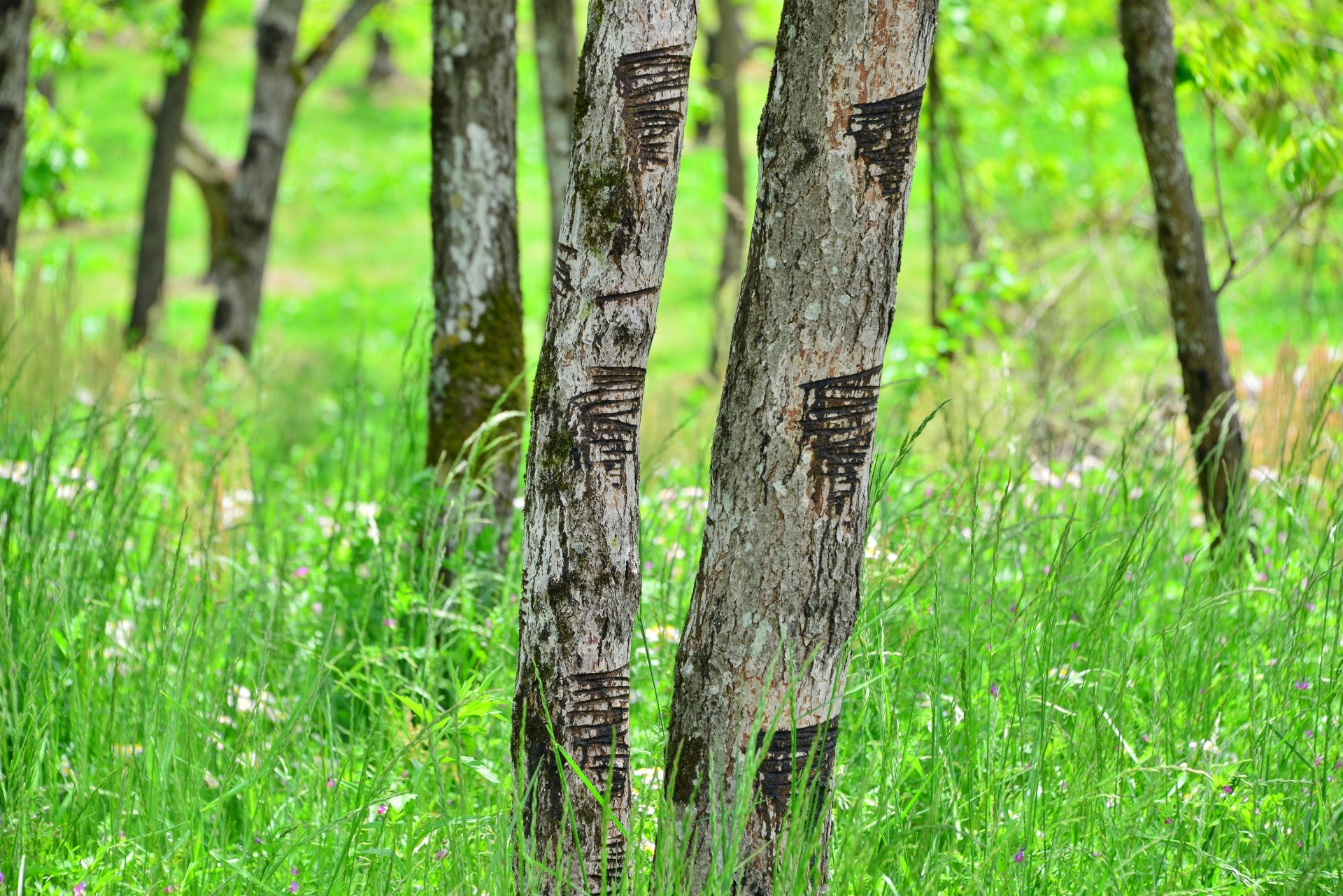Do you ever find yourself casually pondering something, for no special reason? When I was in junior high school and learned about Elemental symbols, I was taught that Ag represents silver. At that time, I was so focused on memorizing it that I didn't even ask why.


Argentina, which comes from the Latin word ARGENTUM (silver), is said to have evolved into its current name. In the late 16th century, Spanish conquistadors explored in search of gold and silver. In this blog, I would like to share the history of lacquerware, current challenges or issues we are dealing with and explain why we call lacquer "japan"
Unlocking the Secrets of Lacquerware: A Journey Through Time
"Many examples of earthenware, wooden containers, combs, and worn ornaments such as earrings that used lacquer tree sap as a coating material have been unearthed from archaeological sites from the early Jomon period, about 7,000 years to 5,500 years ago. It is clear that lacquer was used by people from this time, if not sooner.(source:Government of Japan, Public Relations Office )


Japan's art world: internationally renowned creativity.

Perhaps you may already know that Claude Monet (1840-1926) is often cited as one of the individuals greatly influenced by ukiyo-e. He began collecting ukiyo-e prints in the 1870s when he was in his thirties, and the number he collected in his lifetime is confirmed to be at least 292 prints.
In 1882, Vincent van Gogh (1853-1890), who arrived in Paris alone to stay with his brother Theo, also duplicated three ukiyo-e prints in oil paints the following year.
"I love my lacquers more than my diamonds."

Marie Antoinette inherited most of the Japanese lacquer boxes in her collection from her mother, Empress Maria Theresa of Austria, Her collection of these exceptionally detailed works was widely thought to be one of the best in Europe. And she left a quote, "I love my lacquers more than my diamonds."
Exploring Lacquer Through Fascinating Trivia
Lacquer trees grow throughout Asia, but in southern regions like Thailand and Vietnam, the composition of the lacquer seems to change, resulting in a less robust hardening. Japanese and Chinese lacquer, on the other hand, are suitable for lacquerware.

It takes 10 to 15 years for a single lacquer tree to reach maturity. However, the sap harvested from a mature lacquer tree, known as urushi (漆), yields only about 200ml per tree. After the sap is collected, the tree is typically cut down as it has fulfilled its purpose. Unlike fruit-bearing trees that can produce the same amount of sap each year, the cultivation of lacquer trees is challenging due to this limitation. The cultivation of lacquer trees, as well as the techniques for harvesting and refining lacquer, have been passed down through generations. However, currently, the domestic production of lacquer is only 2.0 tons.

"The one who would be in constant happiness must frequently change."
Under the policies of the Agency for Cultural Affairs, since the fiscal year 2018, it has been established as a principle to use domestically produced lacquer for the preservation and repair of National Treasures and Important Cultural Properties buildings. However, it is said that preservation and repair work requires approximately 2.2 tons of lacquer annually, highlighting the need for expansion in domestic lacquer production.
In the upcoming blog post, we'll delve into the origins, history, and unique characteristics of various lacquerware production regions

